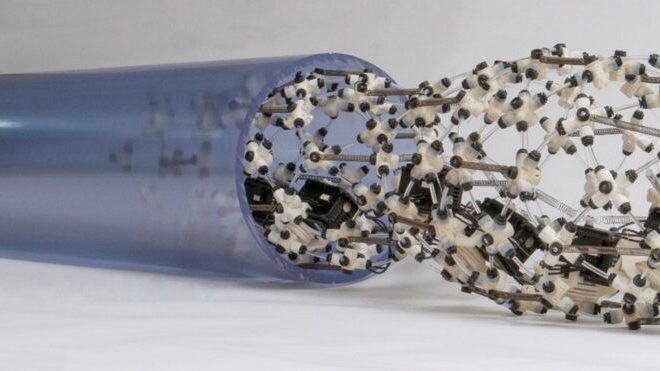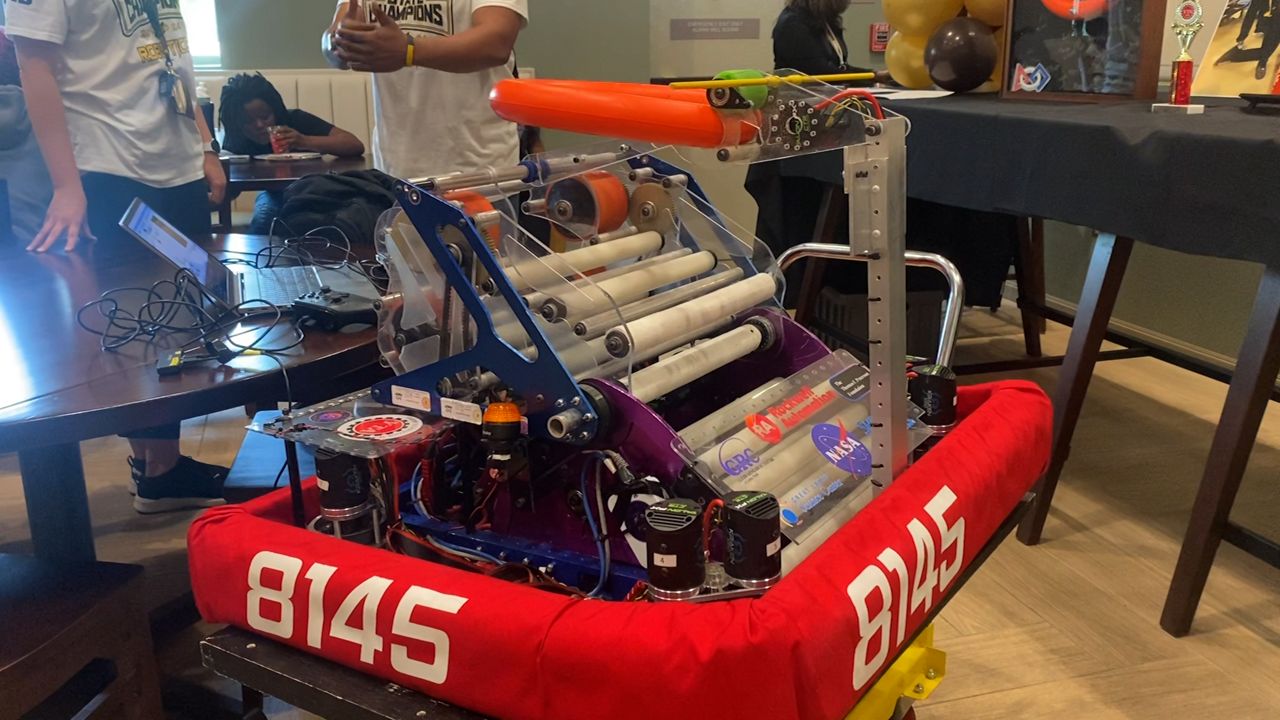CLEVELAND — A Case Western Reserve University engineering researcher was awarded $2 million in federal funding to develop a worm-inspired construction tool that can install underground power lines.
The funding is part of $34 million the U.S. Department of Energy (DOE) is investing in 12 projects nationally to strengthen and modernize America’s aging power grid through the development of cost-effective, high-speed and safe undergrounding technologies, according to a press release from the university.
The proposed tool is a peristaltic conduit that expands and contracts to burrow into the ground. Kathryn “Kati” Daltorio, an associate professor of mechanical and aerospace engineering at Case Western Reserve University’s Case School of Engineering, is leading its development.

The goal for the peristaltic conduit, which is essentially a robotic sleeve that wraps around the conduit to be installed, is to avoid existing infrastructure obstacles by turning more nimbly.
The sleeve has segments that elongate and retract, pulling the conduit through the ground. The tool has the potential turning radius of about five feet, compared with conventional methods with turning radiuses exceeding 1,000 feet, according to the release. If successful, tunneling would be possible in environments too risky for trenchless methods.
“Because the conduit is self-propelled, our hypothesis is that the conduit will be able to follow curved paths around obstacles and more precisely apply penetration forces,” Daltorio, who is working on the project with Ali Khosravi of Auburn University, Paolo Celli of Stony Brook University and Kelly Dorgan at the Dauphin Island Sea Lab in Alabama, said in the release. “This will make it possible to underground cables where current trenchless methods are too risky for damaging infrastructure.”
The nation’s electric distribution system has more than 5.5 million miles of power lines and more than 180 million poles, all of which are susceptible to damage by weather and account for most power outages each year, according to the DOE.
Climate change-fueled extreme weather is increasing the frequency and intensity of power outages across the country, the DOE said. Underground power lines improve the reliability for both transmission and distribution grids as weather events are less likely to interfere with systems protected below ground.
The $34 million federal investment, managed by DOE’s Advanced Research Projects Agency-Energy, was awarded to small and large businesses, national labs and universities.
“CWRU has been exploring ways to make peristaltic robots for many years, and this project provides an opportunity to translate these efforts to help solve a national problem,” Daltorio said. “I know that even during working on this proposal, I’ve lost power due to storms causing fallen branches. Underground electrical cables are more resilient, not only for storms, but many kinds of environmental changes.”





)



